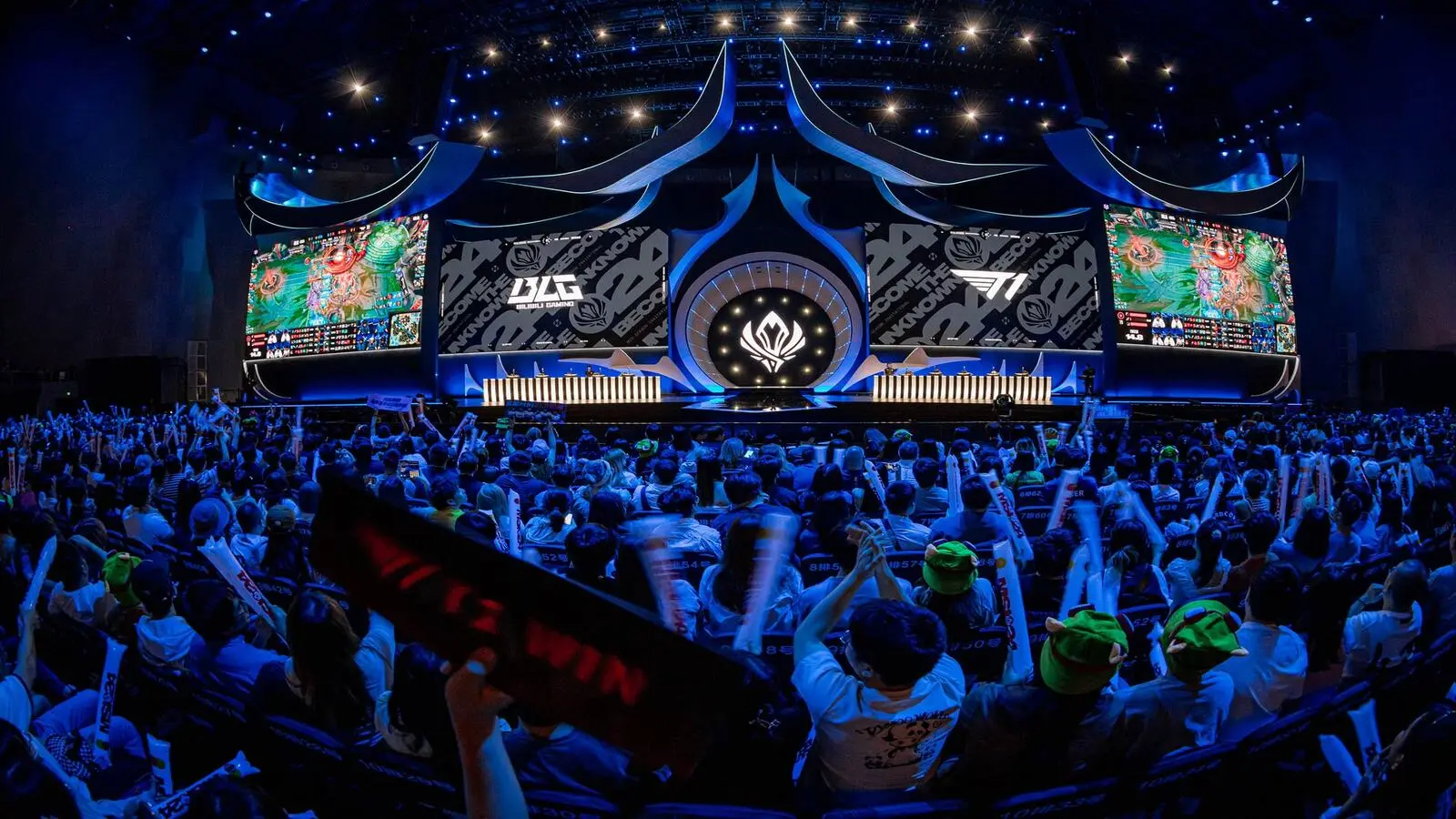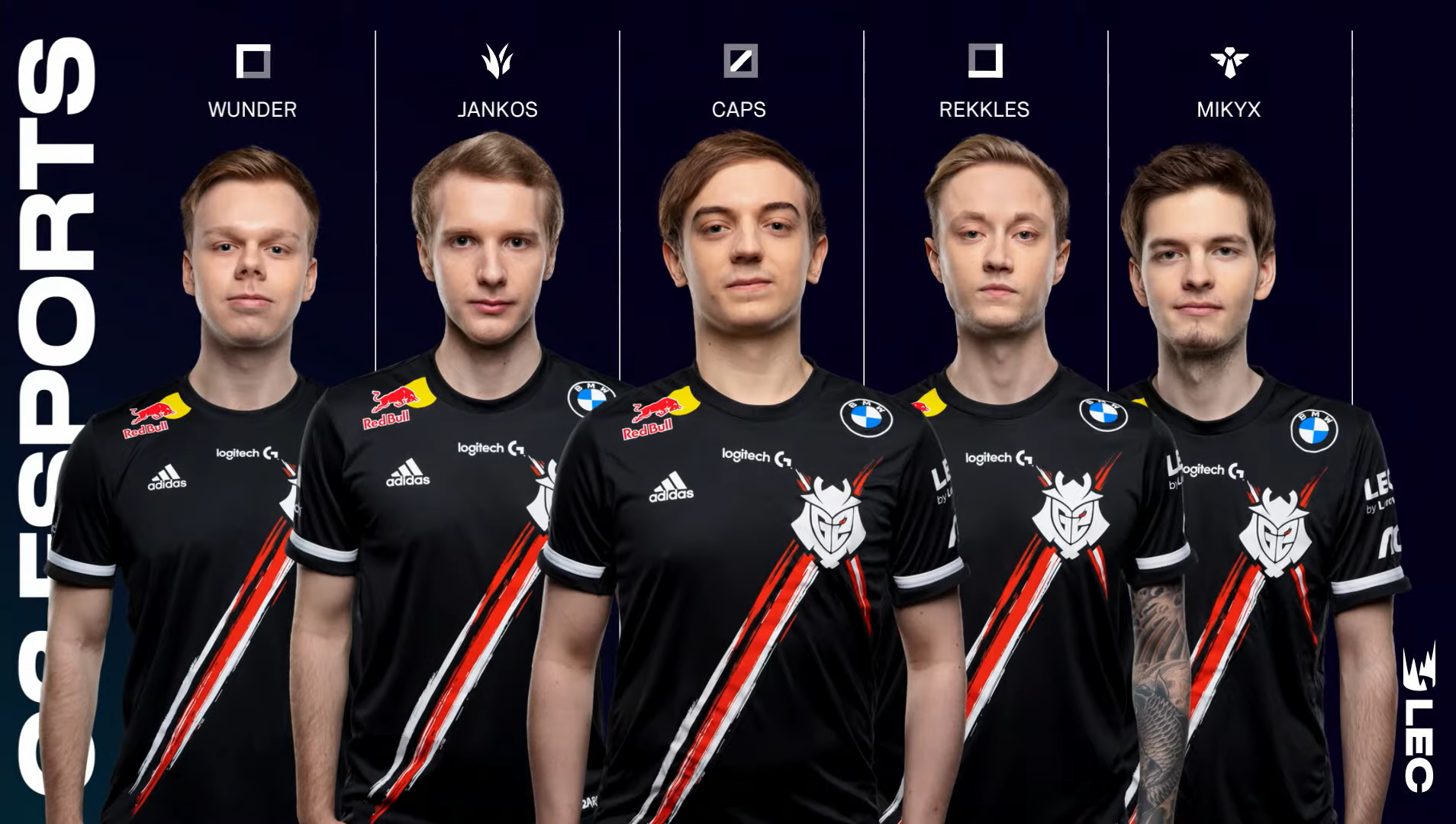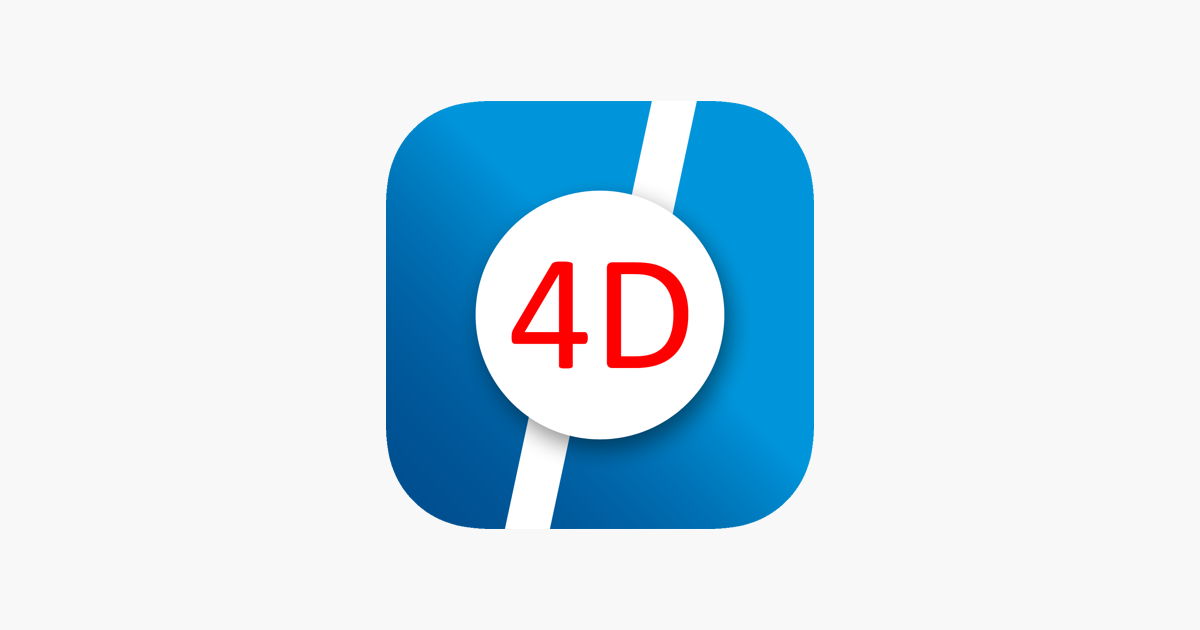League of Legends (LoL) Esports has evolved into a vibrant global ecosystem that brings together top organizations and skilled players from around the world. Its structure is centered on regional leagues, which foster high-level competition and help up-and-coming talent through academy and amateur systems.

What Exactly is LoL Esports?
At its core, LoL Esports revolves around regional leagues, where teams featuring five primary players, one substitute, and a coaching staff compete. Major leagues operate in four primary regions—Europe (LEC), South Korea (LCK), China (LPL), and North America (LCS)—while ten additional “minor” regions, including Brazil (CBLOL), Vietnam (VCS), and Japan (LJL), also host their own competitive leagues. Most of these regions have secondary or academy leagues, enabling emerging players to hone their skills and prepare for top-tier play.
Key Regions in LoL Esports
The four major leagues—LEC (Europe), LCK (South Korea), LPL (China), and LCS (North America)—grab the most global attention. However, other regions also contribute significantly to the scene. North America, for example, operates an Academy league for its LCS teams, and Europe boasts a variety of national leagues in countries like Germany, France, and Spain. These supplementary leagues deepen the talent pool and reinforce each region’s long-term competitive vitality.
How Do Players Compete in LoL?
Professional competition unfolds primarily within these regional leagues, but LoL also features casual and semi-pro opportunities. One example is “Clash,” an in-game tournament mode that allows friends to form teams and test their skills in a more formal setting—merging casual play with a taste of the esports experience.
Season Format and Schedule
In Europe (LEC), the season now encompasses three splits—Spring, Summer, and Winter—plus the Mid-Season Invitational, with a new third international event planned for 2025. Matches typically occur on Fridays and Saturdays, featuring five games per day over a ten-week regular season, leading to playoffs that crown each split champion.
Meanwhile, North America (LCS) is moving toward a single-season structure for 2025, marking a significant shift in its competitive format. Recent announcements by Riot Esports President John Needham and Head of Strategy Chris Greeley point to overarching changes that will unify split formats, introduce a third annual championship, and streamline structures across the APAC region and the Americas.
Where to Watch LoL Esports
Streaming services in Korea and China host regional broadcasts, but lolesports.com remains the central hub for watching professional League of Legends worldwide. This platform provides an extensive range of matches, from regional leagues to major international events, ensuring fans never miss the action.











